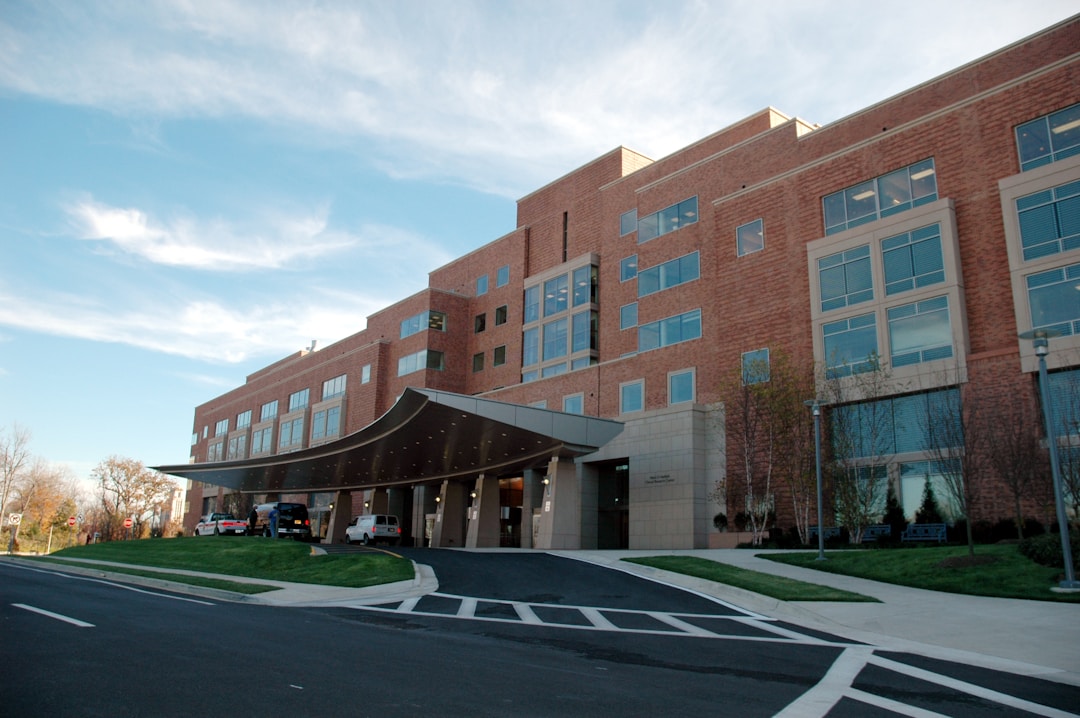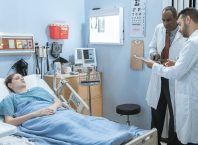Table of Contents
In the realm of healthcare, the adage “Prevention is better than cure” is particularly poignant. While hospitals are bastions of healing and recovery, they can also become inadvertent hubs for infections, which is where hospital acquired infection prevention comes in. Hospital-acquired infections (HAIs) are infections that patients receive during their care in a hospital or other healthcare facility that they did not have prior to admission. These infections can be devastating, increasing mortality rates, lengthening hospital stays, and ramping up healthcare costs. To protect both patients and staff, it’s crucial to understand and implement infection prevention measures. This guide will delve into the essential strategies and practices to ward off these infections and ensure a safer healthcare environment.
Understanding the Scope of HAIs
Before we can address prevention, it’s essential to grasp the magnitude and significance of HAIs. According to numerous studies, millions of patients globally acquire infections in healthcare facilities every year, leading to significant morbidity and mortality. Common HAIs include pneumonia, bloodstream infections, urinary tract infections, and surgical site infections. They can arise from various microorganisms, including bacteria, viruses, and fungi. The crux of the problem often lies in the transmission of these pathogens between patients, healthcare workers, and the hospital environment.
Principles of Infection Control

The cornerstone of HAI prevention is effective infection control. Infection control in hospitals consists of policies, practices, and procedures employed to minimize the risk of spreading infections. Let’s delve into some foundational principles:
1. Hand Hygiene
Perhaps the most straightforward and crucial measure is ensuring proper hand hygiene. Handwashing with soap and water, or the use of alcohol-based hand rubs can drastically reduce the spread of infectious agents. Healthcare workers should practice this before and after every patient contact, after handling potentially contaminated equipment, or after removing gloves.
2. Personal Protective Equipment
Personal Protective Equipment (PPE), including gloves, gowns, masks, and eye protection, acts as a barrier between infectious materials and the skin, mouth, nose, or eyes of the healthcare worker. Proper donning and doffing of PPE are vital to prevent self-contamination.
3. Environmental Cleaning
Regular and thorough cleaning of the hospital environment is essential. This includes disinfecting surfaces, medical equipment, and other areas where infectious agents might thrive. Using appropriate disinfectants and following manufacturer guidelines ensures efficacy.
4. Patient Cohorting
In situations where infectious diseases are prevalent, keeping infected patients separate from non-infected ones can help contain the spread. This can be done by designating specific rooms or even entire wards for infected patients.
5. Antibiotic Stewardship
One of the rising concerns in modern healthcare is antibiotic resistance. Overuse and misuse of antibiotics can lead to the evolution of so-called “superbugs,” bacteria resistant to multiple antibiotics. Implementing a robust antibiotic stewardship program, which optimizes the use of antibiotics, can not only improve patient outcomes but also reduce the spread of resistant infections. Key aspects of such a program include ensuring accurate diagnosis, selecting the right antibiotic, and reviewing the necessity and appropriateness of antibiotic use regularly.
6. Vaccination Programs
Vaccination is an essential tool in the arsenal against HAIs. Vaccinating healthcare workers and patients against preventable diseases reduces the reservoir of pathogens in a healthcare setting. For example, annual flu vaccines for staff and at-risk patients can substantially reduce the incidence of hospital-acquired influenza.
7. Continuous Education and Training
Knowledge is our most potent weapon against HAIs. Regular training sessions for healthcare workers on the latest guidelines, research, and best practices in infection prevention can make a significant difference. This includes training on hand hygiene, proper use of PPE, and understanding the routes of transmission for various pathogens.
8. Monitoring and Feedback
Infection prevention is an ongoing process that requires continuous assessment. Monitoring the rates of HAIs, assessing the adherence to infection control practices, and providing feedback can guide improvements. Hospitals can use this data to identify problem areas, tailor interventions, and gauge the effectiveness of prevention strategies.
9. Advanced Technologies in Infection Control
In recent times, the integration of advanced technology in healthcare has significantly assisted in the battle against HAIs. These technologies not only provide enhanced monitoring but also allow for more efficient intervention and prevention methods.
10. Robotics and UV Light
Ultraviolet (UV) light has been used for disinfection for many years. However, its deployment in hospitals has seen a new ally: robots. UV robots can navigate hospital rooms and corridors, emitting concentrated UV-C light, which is known to be effective in killing bacteria and viruses. By using these robots, especially in isolation rooms or after cleaning, hospitals can ensure a much deeper level of disinfection than traditional methods alone.
11. Electronic Hand Hygiene Monitoring
While handwashing is a primary defense against infection, ensuring compliance among staff can be challenging. New electronic monitoring systems provide real-time data on hand hygiene compliance. By using sensors and badges, these systems can track when and how often healthcare workers sanitize or wash their hands. Such data can be invaluable for feedback and training purposes.
12. Advanced Air Filtration Systems
High-efficiency particulate air (HEPA) filters and other advanced air filtration technologies have become standard in many healthcare settings, particularly in surgical suites or rooms housing immunocompromised patients. They work by capturing harmful bacteria, viruses, and other particulates, ensuring a cleaner and safer airflow within the facility.
The Role of Patient Education in HAI Prevention

Empowering patients with knowledge about their health and potential risks can play a pivotal role in preventing HAIs.
1. Informed Care Seeker
Patients who are aware of the risks of HAIs can actively participate in their care by reminding healthcare workers about hand hygiene or asking about the cleanliness of instruments and equipment. Hospitals can provide informational brochures or have dedicated sessions where patients and their families are educated about common HAIs and their prevention.
2. Post-discharge Instructions
Many infections manifest symptoms a few days after the patient has been discharged. Educating patients on what symptoms to watch out for, and when and how to seek medical advice, can lead to early detection and treatment.
Design Considerations for Infection Control
The architectural and infrastructural design of a healthcare facility can influence infection control.
1. Single-patient Rooms
Instead of multi-bed wards, single-patient rooms reduce the risk of pathogen transmission between patients. They also offer better privacy, which might encourage patients to speak more openly about their symptoms or concerns.
2. Easily Accessible Hand Hygiene Stations
Strategically placing hand sanitizer dispensers and sinks at the entrance of patient rooms, near elevators, and other high-traffic areas can increase compliance with hand hygiene protocols.
3. Optimized Airflow Design
By ensuring that air in a healthcare facility flows from cleaner areas (like corridors) to more contaminated areas (like patient rooms) and then outside, architects can reduce the spread of airborne pathogens.
The Path to a Safer Healthcare Environment
Preventing hospital-acquired infections is not a single-step process but rather a multifaceted approach that requires diligence, commitment, and collaboration. By combining robust infection control measures, antibiotic stewardship, vaccination, education, and continuous monitoring, healthcare facilities can curtail the spread of these potentially deadly infections. The benefits are manifold: enhanced patient safety, reduced healthcare costs, and an overall more resilient healthcare system. As medical professionals and as a society, we owe it to ourselves and our patients to prioritize and perfect our infection prevention efforts. Only then can hospitals truly be sanctuaries of healing, free from the lurking shadows of unintended infections.



